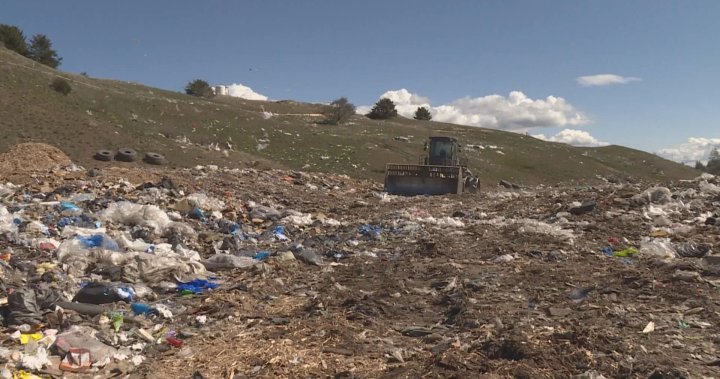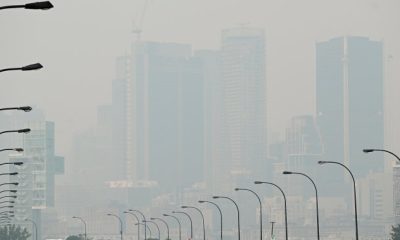General News
Waste study at Vernon, B.C. landfill finds lots of compostable material being trashed – Okanagan

A study of the waste at the Vernon, B.C. landfill found compostable organics were a major source of trash.
In the 85 samples taken in the fall of 2021 and spring of 2022, the largest category of waste, making up 29 per cent of the material by weight, was compostable organics.
“It is very common to have compostable organics be the largest category of waste,” the Regional District of North Okanagan (RDNO) stated in a summary of the study.
“What was alarming is that almost half of compostable organic waste observed was avoidable food waste, which is basically considered edible food ending up in our landfills.”
Read more:
Pandemic cleanups, construction helped increase trash in North and Central Okanagan last year
The study found a significant amount of yard waste that could have been composted was also ending up in the trash, the RDNO said.
The study was done before Vernon launched its curbside compost pickup program in May and prior to new higher tipping fees for commercial food waste coming into effect next year.
So officials hope this study can be used as a baseline to compare future results to in order to see if those programs are working.
The regional district believes that composting programs may also help with the amount of paper being sent to the landfill, as the RDNO said as a lot of paper found in the waste study was food-soiled paper.
Read more:
North Okanagan hopes higher fees will keep commercial food waste out of landfill
Another category of trash causing concern is textile waste.
The RDNO said the amount of textile waste found in the samples was up significantly from a similar study ten years ago.
This time textiles made up nearly five percent of the garbage sampled, the regional district said.
“Unfortunately, this was expected considering the rapid growth of fast fashion and increasing prevalence of low-quality clothing that does not last long,” the RDNO study summary stated.
Read more:
Hockey gear tossed in trash triggers outrage from others on the sidelines
While 85 samples were taken, the RDNO cautioned that “waste can be highly variable so the results presented … should not be considered definite proportions.”
Vernon’s landfill is estimated to have less than four decades of space left in it.

© 2022 Global News, a division of Corus Entertainment Inc.
























